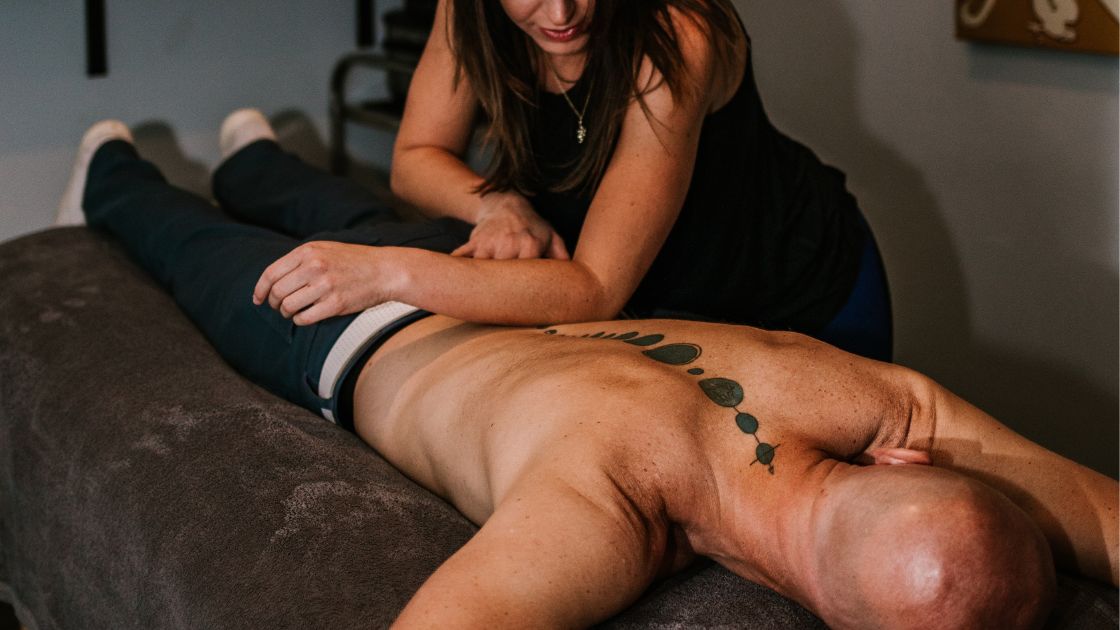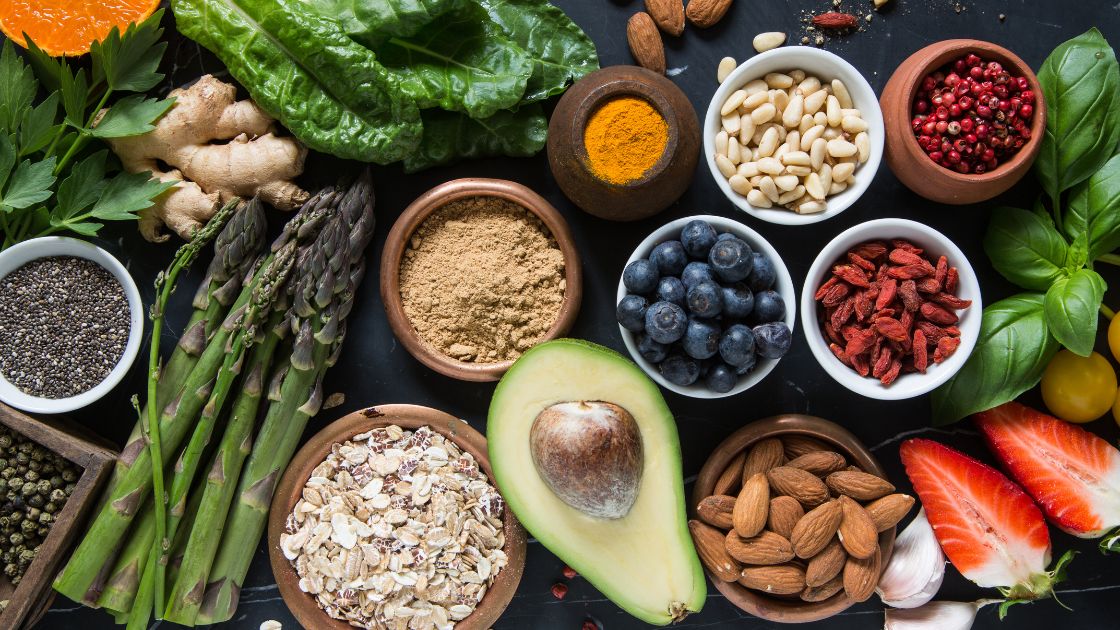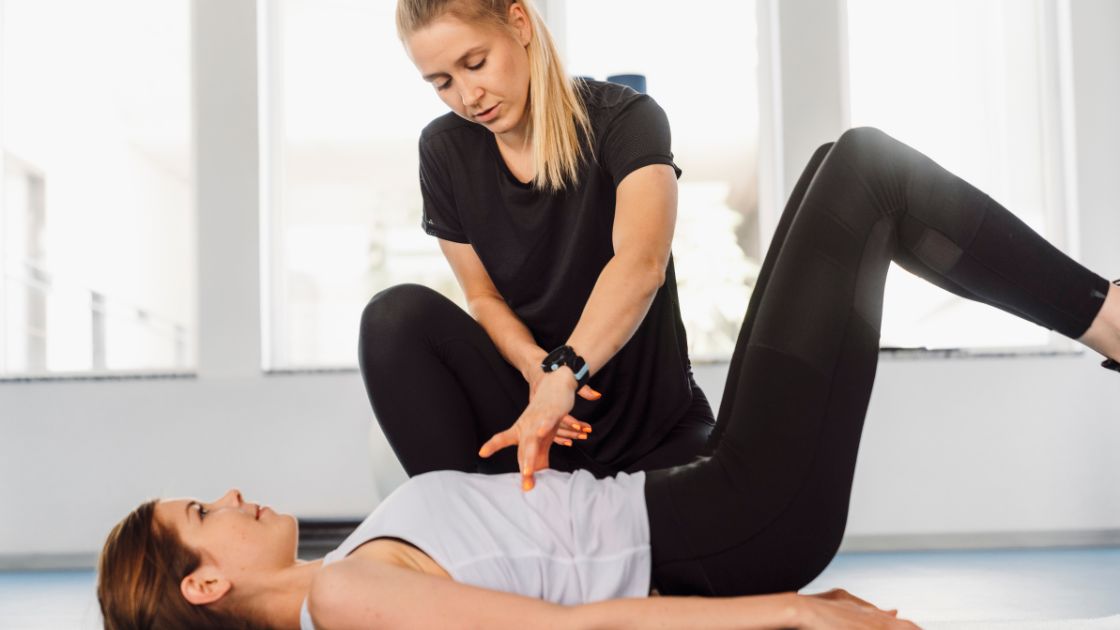Coronavirus and How to Boost Immunity

The Coronavirus & How to Keep Your Immune System Going Strong
News about the current coronavirus disease is even more widespread than the virus itself, and unfortunately, the nature of news is often sensational in order to garner attention. I’m writing this article to address some of the basic questions people might have such as: what are the symptoms, and what preventative steps can I take?
The coronavirus is similar to the flu in these ways:
- Both are viruses
- Both can be contracted through person-to-person contact, breathed in, or picked up from infected surfaces
- Most people recover from both
The coronavirus generally becomes more serious when a person already has a compromised immune system due to a disease or certain treatment protocols.
Although it is possible for a person to be asymptomatic, most people show signs of infection such as fever, coughing, and difficulty breathing. It is primarily a respiratory disease, although others digestive sypmtoms (nausea/vomitting) can occur.[1]
Although the coronavirus is not currently an epidemic in the U.S., people are still wondering how it might affect them in the near future, and what sorts of preventative measures they can take. Although there isn’t a lot of agreement around the idea of “boosting” one’s immune system with supplements, there are certainly lifestyle choices that contribute to a healthy immune response.
Four fundamental ways to keep your body and all its internal systems healthy:
1. A Whole Foods Diet
Eating plenty of colorful vegetables and fuits with a supplement of protein and fats (chicken, eggs, nuts, seeds) have an abundance of the vitamins, minerals, amino acids, and antioxidants that our bodies need. Nourishing your body with these whole foods will ensure it has all the internal resources for a proper immune response. Also, consider this article for more information on a balanced diet.
2. Adequate Exercise
Getting at least 150 minutes (two and a half hours) of moderate exercise every week is important for proper cardiovascular, circulatory, lymphatic, and immune function.[2] Go for a brisk walk (yes, walking your dog can count), go for a hike, visit your local gym. Get your heart rate up and know that you’re not only getting stronger, but you’re improving digestion, blood flow, and immunity.
3. Sufficient Sleep
We are wearing our bodies down all day long not only with physical exertions, but through mental and emotional stressors. Sleep is key in allowing the body to recover and repair all the wear and tear of the day. Create a routine in which you can sleep between 7-8 hours every night. If you’re body is wittled down, how can we expect it to fight off any bacterial or viral invaders?
4. A Moderate Stress Response
Stress is a normal part of life, and it’s not necessarily healthy to make serious efforts to avoid it entirely.[3] But it is helpful to teach the body to rebound from it. Meditation, yoga, and massage are three definite ways of integrating mindfulness into your life. Each gently brings the body back to homeostasis, training it how to deescalate from the stress response easier and faster with each practice.
Stay Informed
Currently there is no vaccine for the virus, so the best prevention is avoiding exposure. Barring that, keeping your body in peak health is the next best thing. To fully inform yourself on the best preventions, visit the CDC’s website.
Written by: Emily Arnold, LMT
Photo Credit: silviarita from Pixabay
Resources:
[1] Ellerin, Todd. “As Coronavirus Spreads, Many Questions and Some Answers.” Harvard Health Blog, 5 Mar. 2020, www.health.harvard.edu/blog/as-coronavirus-spreads-many-questions-and-some-answers-2020022719004#q3.
[2] Edward R. Laskowski, M.D. “How Much Exercise Do You Really Need?” Mayo Clinic, Mayo Foundation for Medical Education and Research, 27 Apr. 2019, www.mayoclinic.org/healthy-lifestyle/fitness/expert-answers/exercise/faq-20057916.
[3] Stanford University. “Embracing Stress Is More Important than Reducing Stress, Stanford Psychologist Says.” Stanford News, 9 Apr. 2016, news.stanford.edu/2015/05/07/stress-embrace-mcgonigal-050715/.





